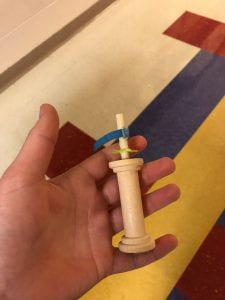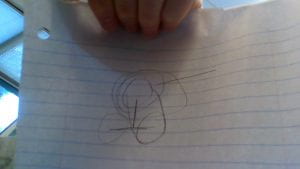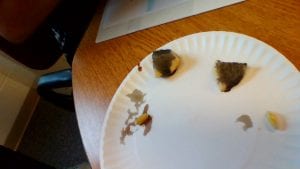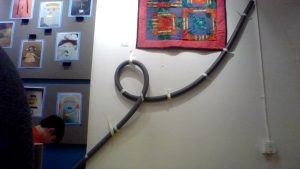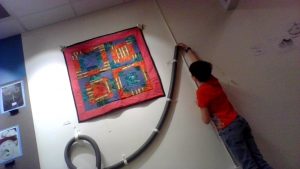1. Given the challenge and the performance of your car on Test Drive #1, what change(s) will you make for Test Drive #2?
I changed the entirety of it, I made a sort of a slingshot mechanism propel the car forward and I changed the wheels, last time I had DIY wheels and this time we are using one of the spools.
2. What differences did you predict these changes would make in your car’s performance? What makes you think this?
I predicted that it would make if faster because most of the class is doing it this way and if it’s working for them it should work for us.
3. Think about the variables such as the size of the spool, weight of the washer or tension of the rubber band. How might these affect how far or how fast your car will go?
If it weighs more than there is more friction and it goes slower. If the rubber band is thicker that means you can pull it more without is ripping. So this should mean that you can have more force to propel the car forward.
4. What worked better the second time?
The different mechanisms and the different wheels that we put on it because the wheels before were off-center and that caused it to not work as well.
5. What still is not quite working?
The rubber band we used is touching the ground when we launch it so that causes friction and it slows the car down.
6. What questions do I have?
None.
7. What might I try next?
I would just expand on the idea that we have right now, maybe make the wheels better or find a way to not make the rubber band touch the ground.
8. Explain the energy transfer that is taking place in the racer.1. Given the challenge and the performance of your car on Test Drive #1, what change(s) will you make for Test Drive #2?
So when we pull the rubber band we are making elastic energy in the band, and then when we let go that turns into kinetic energy and propels the car forward.

